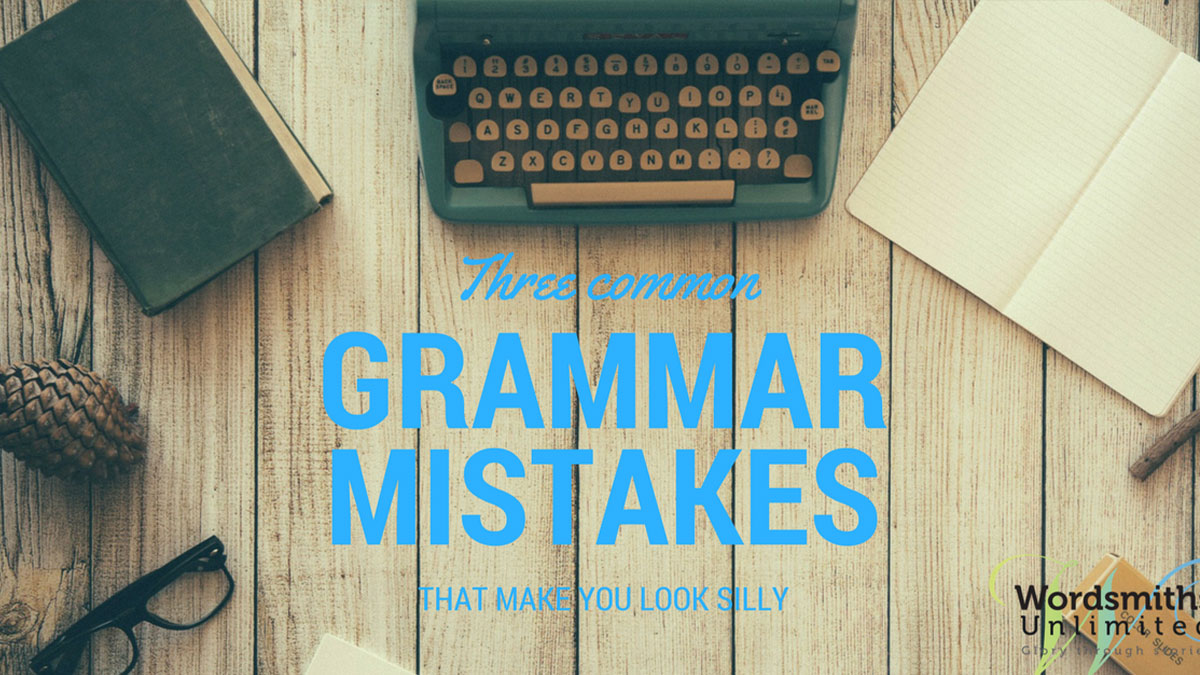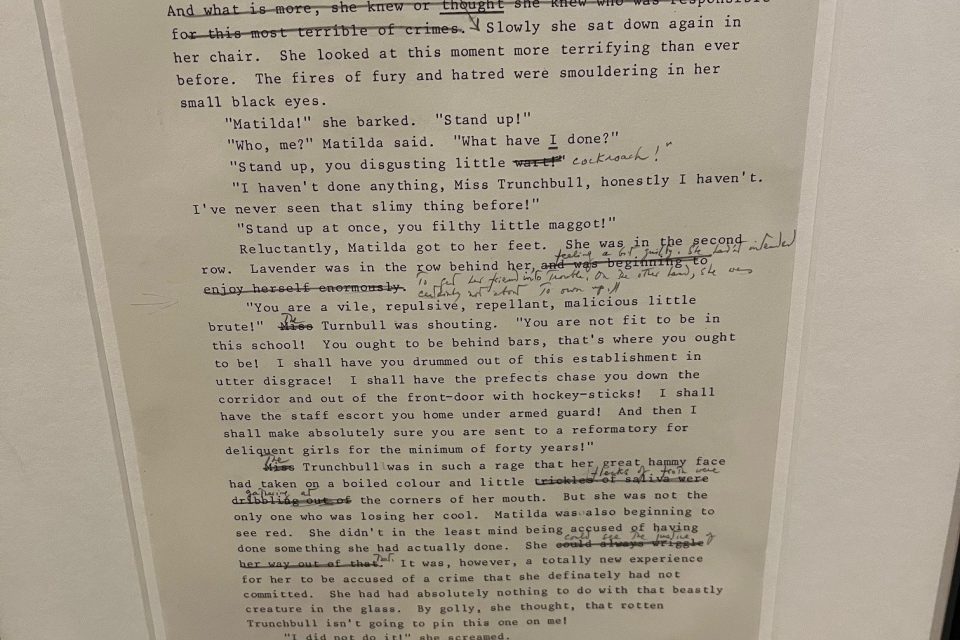
Eight ways not to fail at business blogging
February 2, 2017
How to spot your biggest copywriting mistake – and an easy tip to fix it
July 31, 2017Language is fluid and trends come and go, but there are some grammar rules which, in my humble opinion, should be learned by rote until they can never be forgotten.
I’ll be the first to admit my grammar isn’t perfect, but it is more than passable (and I can spot a rogue apostrophe from a hundred yards away). However, there are so many rules to learn that realistically only teachers and newspaper sub-editors can be expected to know them all.
I can’t find hard evidence that people make judgements about intellect based on the standard of your writing, but I’ll bet those assumptions are there, however unconscious the bias is. Not being of a mind to risk being passed over for a trivial reason, here are the three grammar rules I think everyone should know.
Speech marks
“This is a speech mark”, said Louise. Also known as inverted commas, note that this is the double one, not the single one. However, the biggest rule that you can break with speech marks relates to paragraphs. You don’t need to close your speech marks at the end of paragraphs unless the dialogue finishes there. (Removing them when a “helpful” colleague had added unnecessary speech marks to quotes in my press releases was absolutely one of my favourite jobs as a media manager. Humph.)
You need one set of speech marks at the start of the dialogue and one at the start of every paragraph, but the closing one only comes at the end of the dialogue. Here’s an example:
“I am a bit of a grammar nerd,” said Louise. “And yet I have lots of friends who have a far better understanding of the technicalities of language (they are mainly teachers).
“I expect I would fail the tests we expect 10 and 11 year olds to sit, which appear to be made up of nothing more than just questions for their own sake and seem unlikely to help children develop a love of language in all its flexible glory that will make them keen and competent writers for life.”
Apostrophes
If you want to know how it feels to be an apostrophe you might want to read my other blog, which imagined what it must be like to be so misunderstood.
Apostrophes are another fairly straightforward bit of grammar which seem to often cause confusion. I may have taken the law into my own hands by removing rogue aprostrophes on a temporary road sign recently, and I could not have been more proud of my 10 year old this week when she ranted about the missing one from St Anne’s Road as we walked past an errant street sign.
If you can’t get your head around apostrophes I’d recommend the if in doubt, leave it out mantra as you’re likely to make fewer mistakes. If you remember that an apostrophe shows possession (Louise’s blog) and omission (you’ll probably call it missing letters) then you can’t go too far wrong for the majority of uses. Just watch the tricky it’s (it is) and its (belonging to it) version.
No more than three dots…
You can be forgiven for not knowing that the name for the symbol that shows the omission of words is an ellipsis. It contains just three dots, no more and no less. The over-use of dots in this context is beaten only by excessive use of exclamation marks (I’d like to suggest this habit is confined to excitable teenagers sending texts, but I’m afraid it’s taking over the world).
Use ellipses to show that you’ve removed words – without altering meaning of course – and also to introduce an element of suspense at the sentence. The list goes on…(Ok, it doesn’t actually, but you get the idea).
And one last tip
At a dinner with some girlfriends recently we were discussing grammar. I know, rock and roll right? In our defence, two of them are primary school teachers and we all have children who will sit SATs next year; the topic didn’t come from nowhere!
I’ve recently fallen back in love with the semi-colon, which I think brings a touch of sophistication to prose if you are old enough to remember when it was used as something other than a flirty wink.
Most people don’t use them, possibly through lack of confidence about how, but one of my teacher friends summed up perfectly a way to start. “If you can’t decide between a comma and a full stop, use a semi colon.” Sage advice; give it a try.
What parts of grammar confuse you the most? Do you think we are judged on the quality of our writing or has social media and texting removed those conventions?



